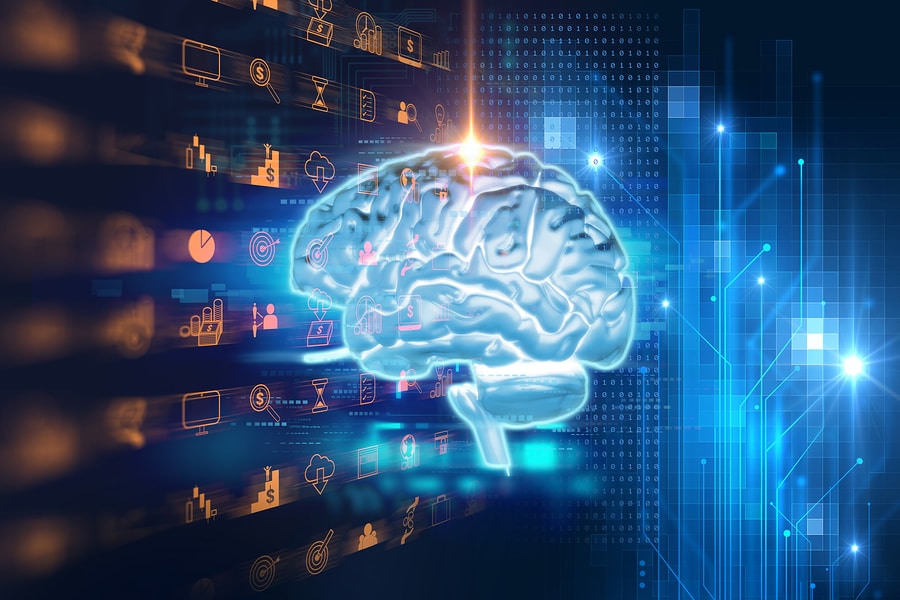
Learn how to increase brain plasticity and learn new things faster. This post explains how to inhibit the gene Nogo-A which results in an increased ability to create new neuronal connections.
Nogo-A is Critical In Controlling Plasticity
The Nogo Receptor 1 gene (also called Reticulon 4) is required to suppress high levels of plasticity in the adolescent brain and create relatively low levels of plasticity in adulthood. In mice without this gene, juvenile levels of brain plasticity persist throughout adulthood. When researchers blocked the function of this gene in old mice, they reset the old brain to adolescent levels of plasticity [1].
Researchers found that adult mice lacking Nogo Receptor recovered from injury as quickly as adolescent mice and mastered new, complex motor tasks more quickly than adults with the receptor [1].
Researchers also showed that Nogo Receptor slows the loss of memories. Mice without the Nogo receptor lost stressful memories more quickly, suggesting that manipulating the receptor could help treat post-traumatic stress disorder [2].
Blocking Nogo can help:
- Boost signal strength between the synapses, which is central to the brain’s ability to rewire [3].
- Multiple Sclerosis [4]
- Alzheimer’s [4]
- ALS [4]
Inhibitors
After reading the ScienceDaily article, I set out to find a compound that can inhibit Nogo-A. I was led to a forum that suggested two Chinese herbal mixtures, a drug called fasudil (which I have no interest in taking), and a ridiculous dose of vitamin E as inhibitors of Nogo-A.
Both Chinese formulations have around a dozen herbs, but after a quick scan, I guessed that the culprit for the Nogo-A inhibition is catalpol, which is found in the herb Rehmannia. I found a somewhat shady study that confirmed that catalpol inhibited Nogo-A [5].
Rehmannia is also used in Chinese herbology for recovery of stroke and traumatic brain injuries, which further strengthens that Catalpol is the active ingredient.
I also found a study that showed catalpol enhanced cortical neuron axonal growth in rats [6], an effect that could be attributed to Nogo-A inhibition.
Also, Catalpol increases hippocampal neuroplasticity and up-regulates PKC and BDNF in the aged rats [7].
Personal Experiences with Rehmannia
The first time I tried it I took a relatively large dose of about 35 grams because I liked the taste. The suggested dose is about 5 grams when used chronically, but I only realized that posthoc.
I stupidly took it at night and my brain felt like it was on turbo boost and I wasn’t able to sleep much that night, even though I had already been sleep-deprived from the previous nights.
I experienced to a small degree the expected digestive heaviness that is attributed to it in TCM.
I noticed that it increases cortisol (which is supported by animal studies) and it has a distinct cognitive enhancing effect, different than anything else I’ve tried.
However, this substance isn’t for me. I get flatulence whenever I try it. If I take it at night it keeps me up and if I take it in the day I get fatigued – likely because it has lectins and I’m lectin sensitive.
I’d recommend it to those that aren’t lectin sensitive.
Nogo-A Inhibitors Go Well With
Rehmannia goes well Astragalus and is especially effective for wound repair.
Buy Nogo-A Inhibitors (Rehmannia)
This section contains sponsored links, which means that we may receive a small percentage of profit from your purchase, while the price remains the same to you. The proceeds from your purchase support our research and work. Thank you for your support.
